Ray Towler poses for a portrait inside the recreation room on Tuesday, March 26, 2019 at Grafton Correctional Institution in Grafton, Ohio. Towler, wrongly convicted of sexual assault, served nearly 30 years in prison, including Grafton. Exonerated in 2010 because of DNA evidence, Towler received the largest state settlement at that time. [Joshua A. Bickel/Dispatch]
After 30 years in prison, wrongly convicted man now helps others
Ray Towler scanned the high walls and rows of barbed-wire fence of the prison and confessed that he thought about escaping this place almost every day.
He was an innocent man, forced to live in a 7-1/2-by-10-foot cell among killers and rapists.
Towler mapped out his escape, but scrapped those plans because he didn't want to spend the rest of his life on the run.
This prison was his home for nearly 30 years. He might have been released after 7 or 15 or 22 years if he would have confessed to the assault of a young boy and the rape of a little girl. But Towler said he wasn't about to lie to the parole board and admit to another person's crimes.
Asked how he survived while almost half of his life was stolen by the criminal justice system, Towler scratched his long, salt-and-pepper beard in the yard in the middle of the Grafton Correctional Institution, about 115 miles northeast of Columbus — and then he pointed to the sky.
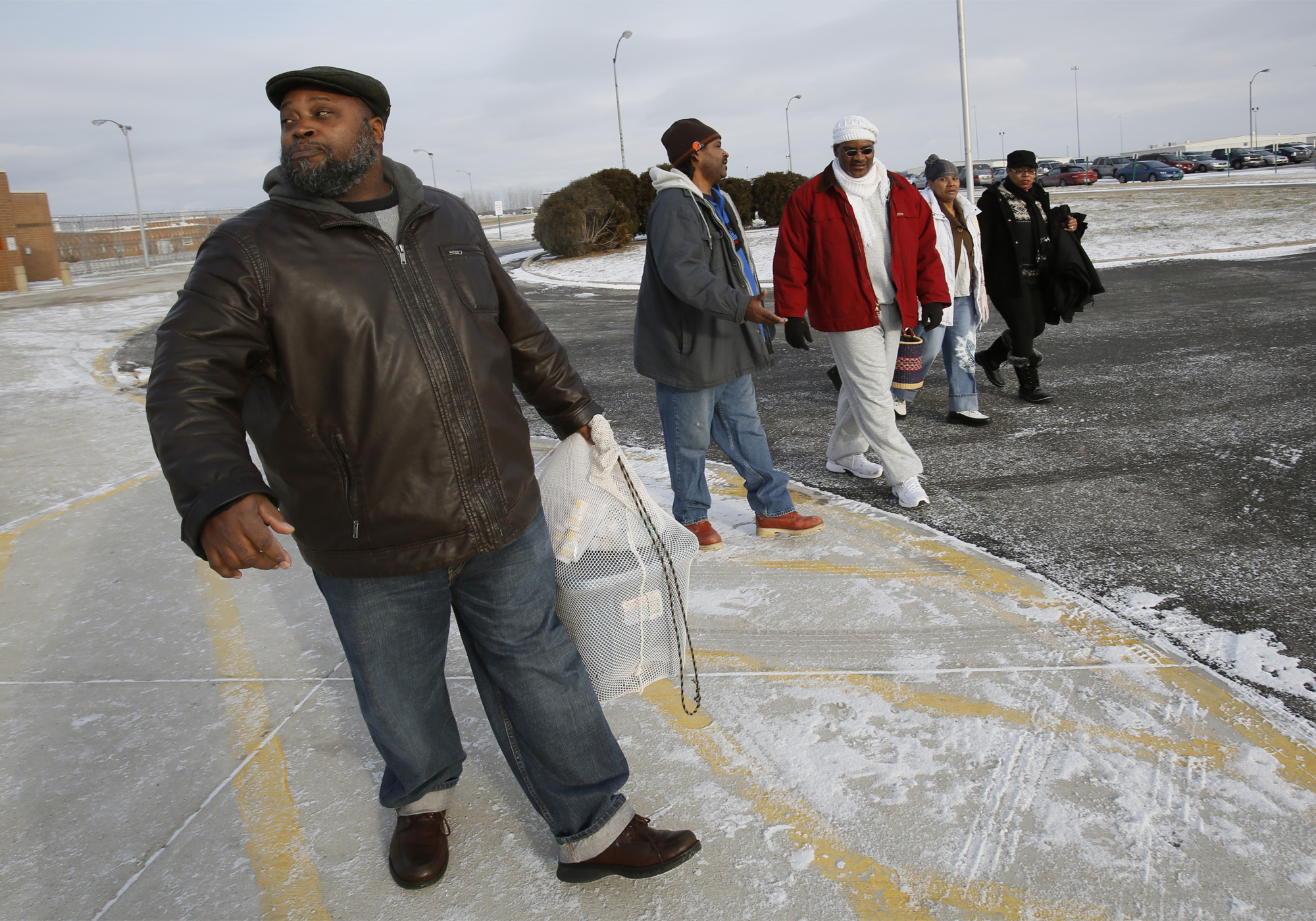
“I’m still trying to figure how it all happened. But God had a reason for putting me in here and then helping me get out,” said Towler, now 62. “The key was focusing on all the good I could do with the time I had left, and not all the bad in the years I could never get back.”
Nine years ago Sunday, a Cuyahoga County Common Pleas judge gave Towler his life back. Towler was formally exonerated after serving nearly three decades in prison because of a September 1981 verdict. At the time of his release, only a few people across the country had served more time for a wrongful conviction.
Towler gained freedom after The Dispatch published the series "Test of Convictions," which in 2008 exposed Ohio's flawed evidence-retention and DNA-testing systems. The project reviewed the cases of more than 300 convicted state prisoners. The newspaper and the Ohio Innocence Project, based at the University of Cincinnati’s law school, eventually highlighted 30 of those cases, arranged for a Cincinnati-based lab to conduct free testing, and filed applications for DNA testing in county courts on behalf of the inmates.
During the following several years, seven men were either exonerated or released from prison in connection with the project. The state also passed a new law aimed at preventing future wrongful convictions.
Towler was the third man to be freed, but he received national attention because of the length of his imprisonment, how the DNA evidence in his case was mishandled, and the struggle he endured to prove his innocence.
There now have been more than 2,000 individual exonerations across the country. They include cases involving state-based Innocence Projects that used DNA testing to exonerate 365 people who collectively served more than 5,000 years of prison time for crimes they didn’t commit.
“The value of these stories is forcing us all to recognize and empathize with the real people who are hurt in terrible ways when we get things wrong,” said Brian Howe, an attorney with the Ohio Innocence Project. As a law school student, he assisted Towler’s lead attorney, Carrie Wood, on the case.
“Ray is such an amazing person and artist. Knowing who he is, and knowing how much was taken from him, and how much he has overcome … it's powerful.”
As Towler walked through the prison reliving painful memories, a familiar voice called out.
“Ray? Ray, is that you?”
It was Nancy Vega, a case manager at the prison who was the first person to tell Towler that the DNA testing had proved his innocence.
“He just kept staring at me like he didn’t believe it,” Vega recalled. “Then I wanted to cry; he wanted to cry. I’ll never forget the moment I got to tell a man he was getting his life back. I then wondered how the heck he got in here in the first place.”
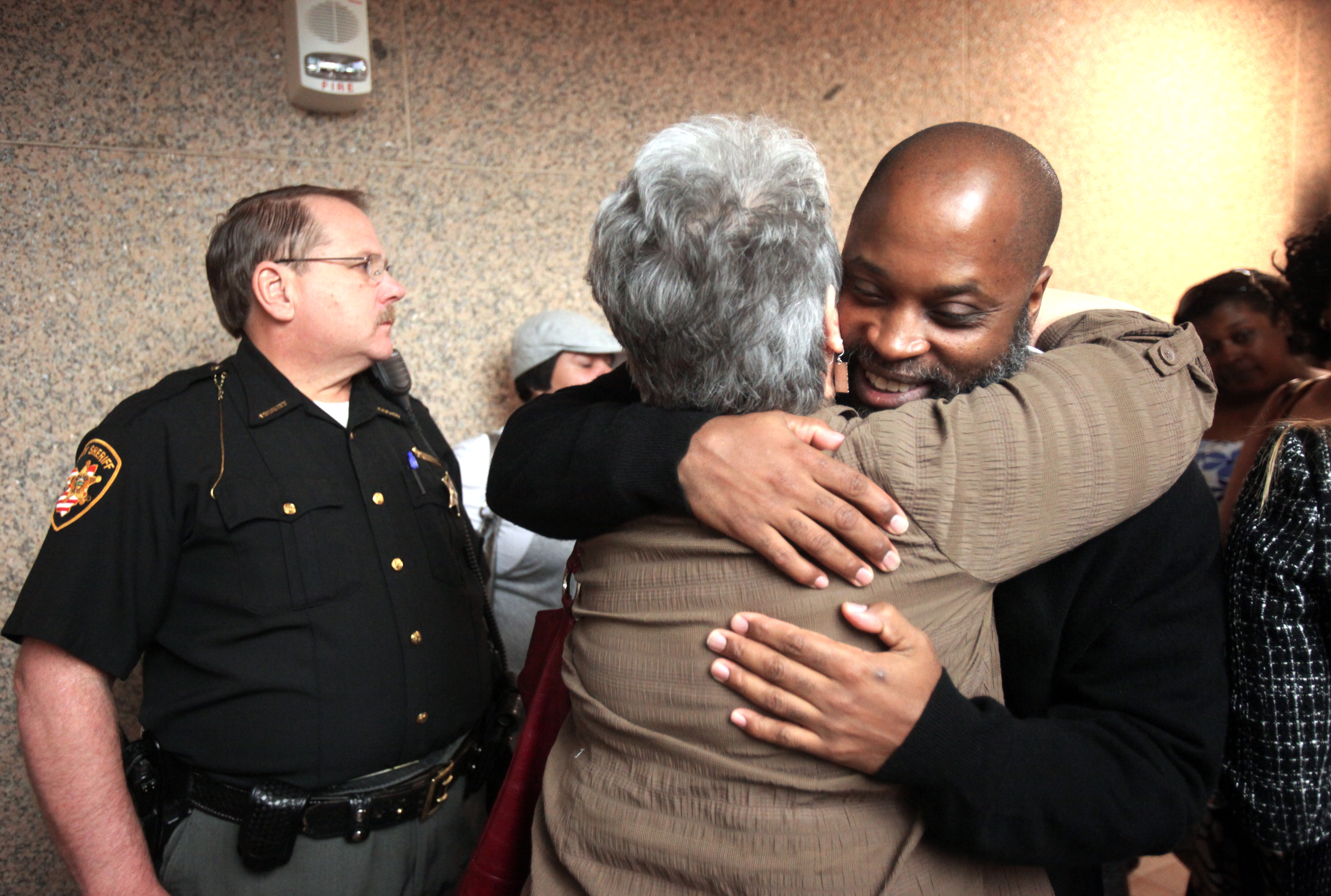
THE WRONG GUY
On May 24, 1981, an 11-year-old white girl and her 12-year-old white male cousin were walking their bikes in a Cleveland metro park when they were lured into woods by a black man who claimed there was an injured deer that needed their help. The man pulled a gun and assaulted the boy, forcing him to lie on the ground while he raped the girl.
Three weeks later, Towler was on one of his occasional park visits when he drove through a stop sign. The park ranger who stopped him believed that Towler resembled the perpetrator of the assaults. The children and two other witnesses from the park picked Towler out of an array of photos.
Four months later, Towler — an artist who had never even had a speeding ticket and made a modest living playing music and working temp jobs — took the stand during his trial. He said he was at home on the day of the crime, which several other people confirmed. But despite the alibi and lack of physical evidence linking him to the crime, the jury convicted him based on the eyewitness identifications.
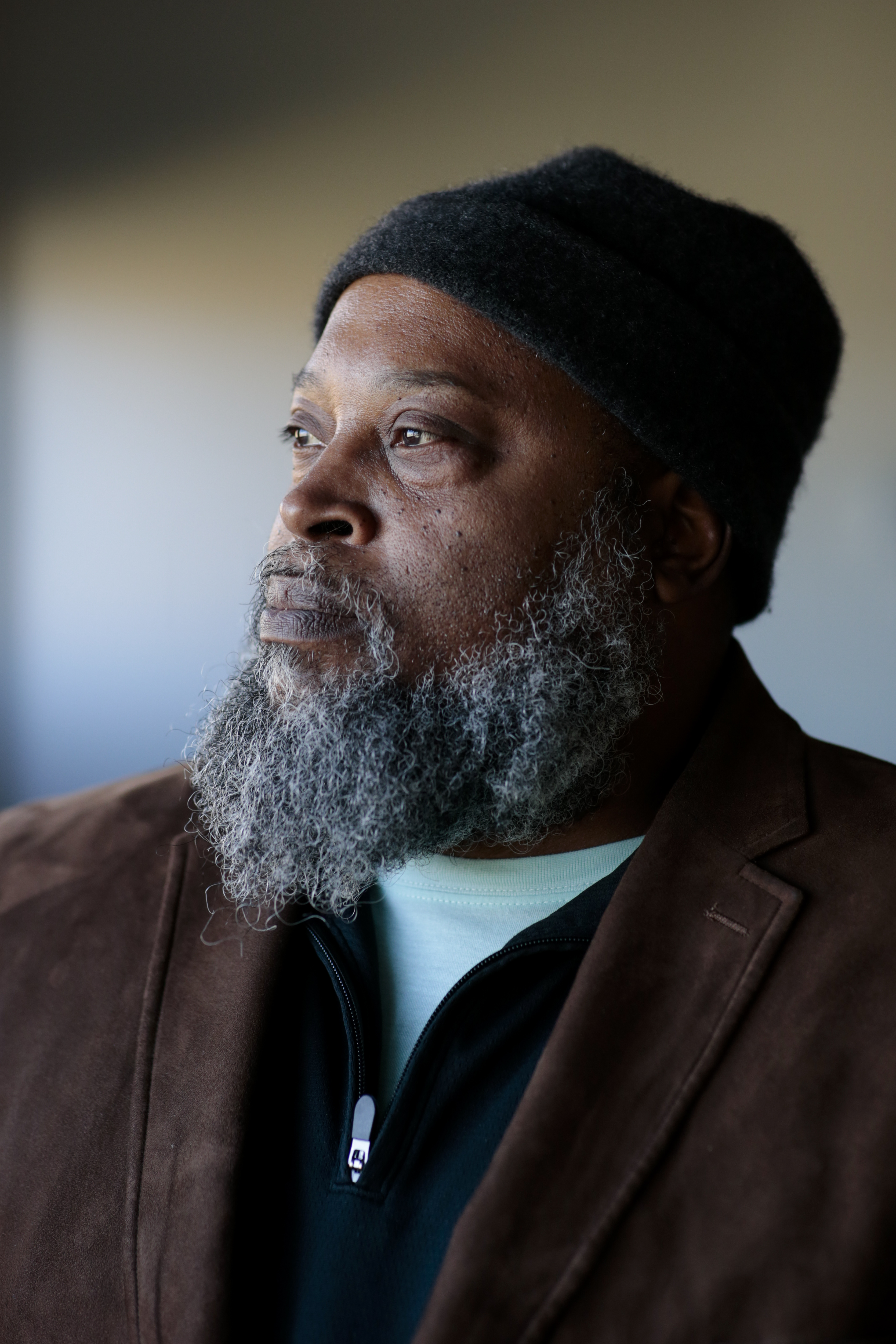
“My crime was that I was black and was in the park from time to time,” Towler said.
He was sentenced to life in prison.
Inmate No. 164681 lost most of the people he loved while he was locked up. He was released for a few hours to attend his mom’s funeral, but didn’t know that his father had died until someone mailed him a newspaper clipping of the obituary.
He watched his favorite Cleveland sports teams on a 13-inch black-and-white television in his cell, fearing that another fight would break out in the cell-block community room where others watched the games. A dent in his skull reminds him of the day an inmate struck him with a metal pipe.
As a convicted child rapist, he was a bigger target than most inmates. There were long, restless nights when Towler wasn’t sure whether someone might take his life or whether he might just end it himself.
And then Ray Towler started painting.
“That’s what saved me,” he said.
He painted hundreds of pictures and portraits that he sold to people on the outside. He eventually used that money to hire an attorney who, with some prodding from Towler’s niece, finally discovered that the DNA evidence in his case still existed. In the past, many inmates couldn’t even apply for a test because law enforcement had tossed out or lost the evidence.
Towler spent years battling the system, fighting to have the DNA tested. His evidence was lost and found twice. Even after a test showed that Towler wasn’t the rapist, prosecutors made Towler wait 18 more months for follow-up testing to confirm that he was innocent.
The morning that Towler was exonerated in court, Judge Eileen A. Gallagher cried. Towler consoled her with a soft smile and has never once spewed angry words toward the police, prosecutors or witnesses in the case.
“How many of us could get thrown in prison all those years and come out of there without any anger?” said Towler’s brother, Clarence Settles. “My brother has the kind of strength few in this world have.”
NEW WORLD
Three days after his release, the Cleveland Cavaliers invited Towler to a game and treated him like royalty. Shaquille O'Neal pulled Towler onto the court as the crowd of 20,000 gave him a standing ovation.
“You deserve more than we can give you, brother,” Shaq told him.
Towler eventually would receive $2.57 million from the state, at the time the largest settlement in Ohio history for someone wrongfully convicted, and millions more dollars from a lawsuit.
But for more than a year, he had nothing. He slept on his brother’s couch and was happy just to wander around after dark so that he could stare up at the moon instead of the ceiling in his cell. Even after he received some of the money, he continued to deliver mail in a downtown Cleveland office building just to stay grounded.
He has been far more interested in helping other innocent men in prison, or felons who are trying to re-enter society, than in spending money. While he was still inside, Towler helped an inmate named Ricky Jackson, also from Cleveland, connect with the Ohio Innocence Project. Jackson was exonerated of a murder charge in 2014 after serving 39 years in prison, and Towler was at the courthouse to greet him.
Towler now works in conjunction with the global network of Innocence Projects and has traveled around the world speaking to students and other groups about flaws in the criminal justice system.
He paid $150,000 for his modest, two-bedroom home in Elyria and has put most of his money in long-term investment funds. He did treat himself on his 60th birthday with a new, white Tesla luxury car and has built a home recording studio he calls “X-Freedom Studio,” where he plays his electric guitar in a way he never could in prison.
He plays in two bands, one of which — The Exoneree Band — is made up of Towler and four other men who were wrongly convicted. Last month, they played in front of an audience in Atlanta that included more than 200 exonerees at a national Innocence Project conference.
Towler has given up painting, having held a brush only twice in the past nine years — once because friends asked him to, and once for a wedding gift. Painting helped him survive inside prison, but now it brings back painful memories of inmates killing themselves and other moments he struggles to forget.
"Picking up a brush makes me think about those walls," Towler said. "I don't do things that take me back to that dark place in my mind. Like ever going back to that park again; that won't happen, either."
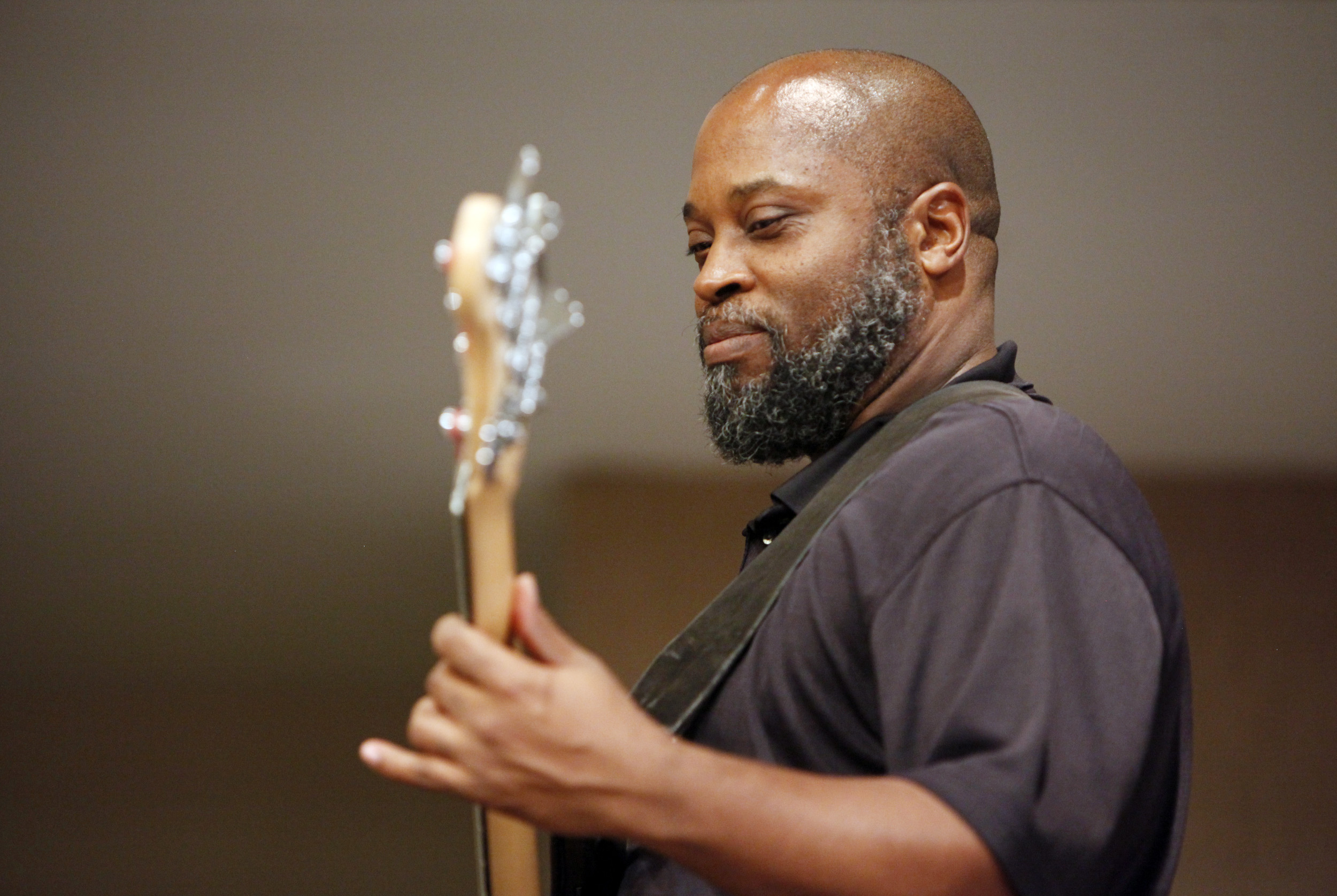
AT PEACE
It was almost lunchtime as Towler walked through the old Grafton prison yard. This time, he made plans to eat with his girlfriend, Kelly McLaughlin, instead of heading to the prison chow hall where he ate for years.
McLaughlin squeezed Towler's hand a little tighter than usual, sensing that the prison grounds were starting to get to him.
The two met after McLaughlin, a learning specialist and part-time psychology instructor at Lorain County Community College, watched a local news report on Towler's exoneration. She invited him to speak to her college students, many of whom had faced hardship in life.
McLaughlin and Towler became close friends for years and began dating about 2 1/2 years ago.
"When people hear what Raymond has been through, it puts our own challenges in perspective," McLaughlin said. "His message of hope means something that most of us truly will never understand. He never gave up in all those years, so when he tells people, 'You have to have hope,' you believe him."
Towler still feels sorry, but not for himself. He talked about the victims in his case and all the pain and suffering they endured. He doesn't blame them or anyone else, but he wishes that authorities would find the real criminal who hurt those kids in the park that day.
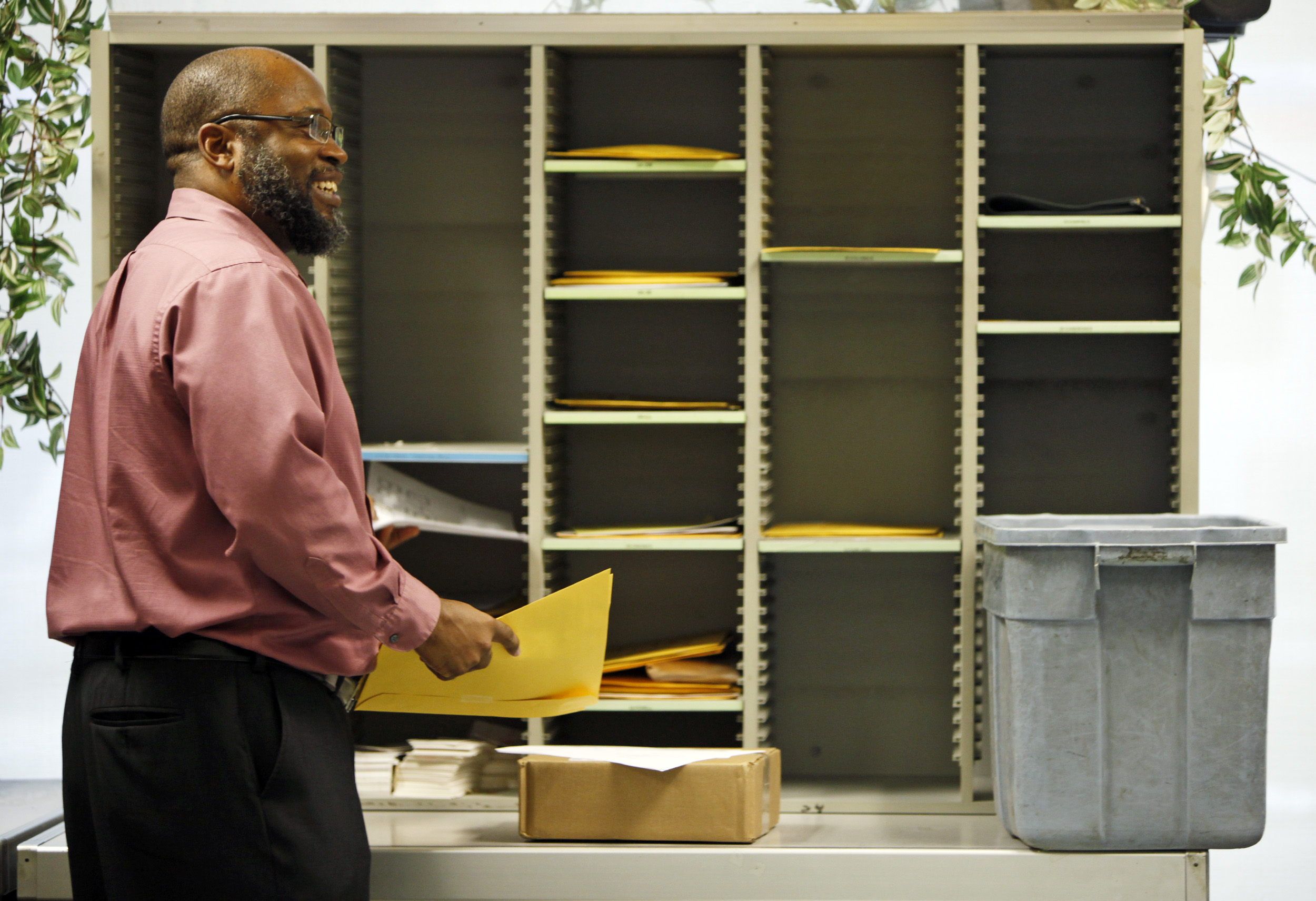
Towler has never had contact with the victims, but last month he received a Facebook message from a woman saying she was sorry for what happened to him. Towler thinks it was the female victim, but the message quickly disappeared before he could respond.
"I would tell her I am sorry we both went through all this," Towler said. "I hope she has had a good life and has been able to move on from the pain. That's what I try to do every day now that I'm out there on the other side of these walls."
